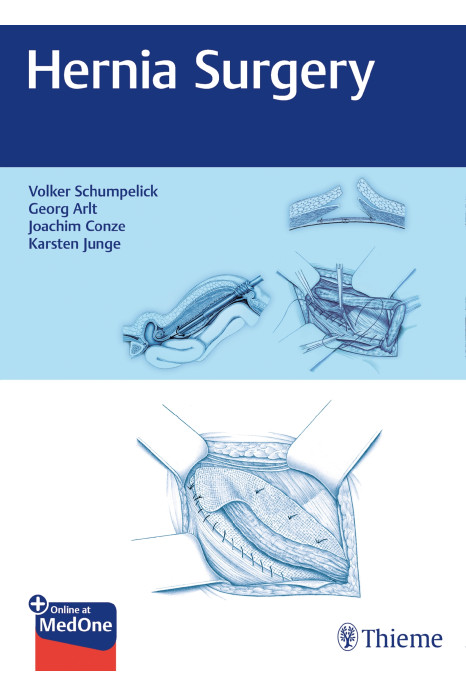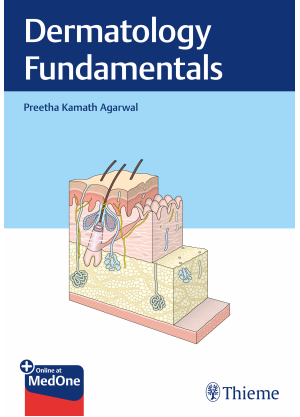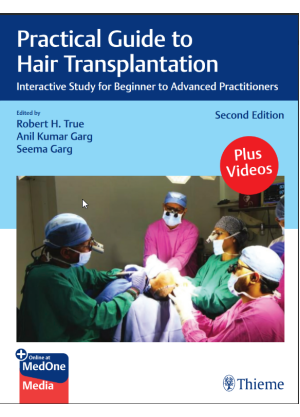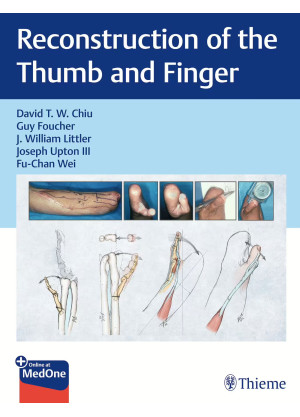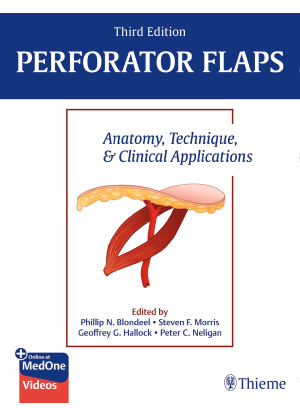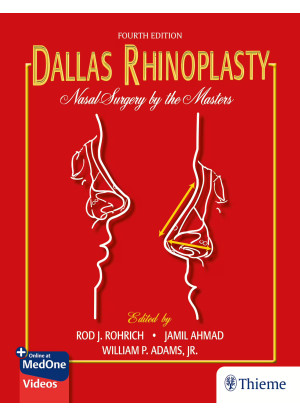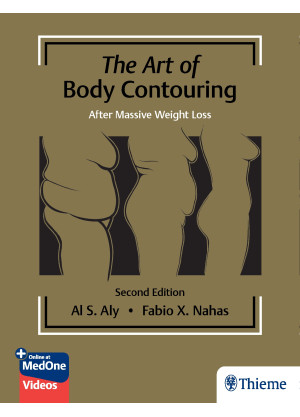All the latest trends and technical innovations for both routine and complex hernia repair
Surgical procedures to repair hernias are among the most common procedures of all, with a history going back over 200 years. While most procedures are routine, they can be a challenge, particularly when previous surgery in the area has caused scarring that distorts the anatomy.
All currently established operative techniques are described and explained in detail in the book and illustrated, step by step, with a wealth of brilliant figures and diagrams. A detailed description of laparoscopic anatomy and preperitoneal procedures is given. Important information regarding indications and postoperative care is provided.
New surgical treatment concepts for hernia arising in the early 21st century and expounded in this book include tension-free principles, inguinal hernia repair under local anesthesia, use of the preperitoneal space, and laparoscopic hernia repair.
Key Features
- 3D mesh and patch-and-plug procedures
- Laparoscopic methods such as the single-port technique and mini-technique
- New developments in open and laparoscopic surgery of incisional hernias
- Special disorders such as sports hernia
- Richly illustrated with hundreds of exquisite artist renderings
Ideal for all surgeons in training, and of benefit to experienced surgeons as well, Schumpelick's Hernia Surgery is a complete introduction to evidence-based techniques in this field.
This book includes complimentary access to a digital copy on https://medone.thieme.com.
1 Introduction
1.1 Anatomy of the anterior abdominal wall
1.2 Definition and terminology
1.3 Diagnosis
1.4 History of hernia surgery
1.5 Repair principles and materials
1.6 The biomechanics of hernias
1.7 Biological meshes
1.8 Anesthesia
1.9 Pediatric hernia
2 Adult inguinal hernia
2.1 Indications and choice of procedure
2.2 Open suture techniques
2.3 Open mesh techniques
2.4 Laparoscopic techniques
3 Special hernias
3.1 Female hernias
3.2 Sports hernia
3.3 Sliding hernia
3.4 Recurrent hernia
3.5 Umbilical hernia
3.6 Femoral hernia
3.7 Rare hernias
3.8 Spigelian hernia
3.9 Internal hernias
4 Incisional hernias
4.1 General principles
4.2 Open technique
4.3 Laparoscopic repair of incisional hernias
4.4 Abdominal wall tumors
4.5 Prevention of incisional hernias
5 Complications
5.1 Infection
5.2 Incarceration
5.3 Postoperative pain
5.4 Triple neurectomy
6 Miscellaneous
6.1 Training in hernia surgery: Hernia compact - young surgery as a 3-day training course
6.2 Hernia register - outcome research in hernia surgery
